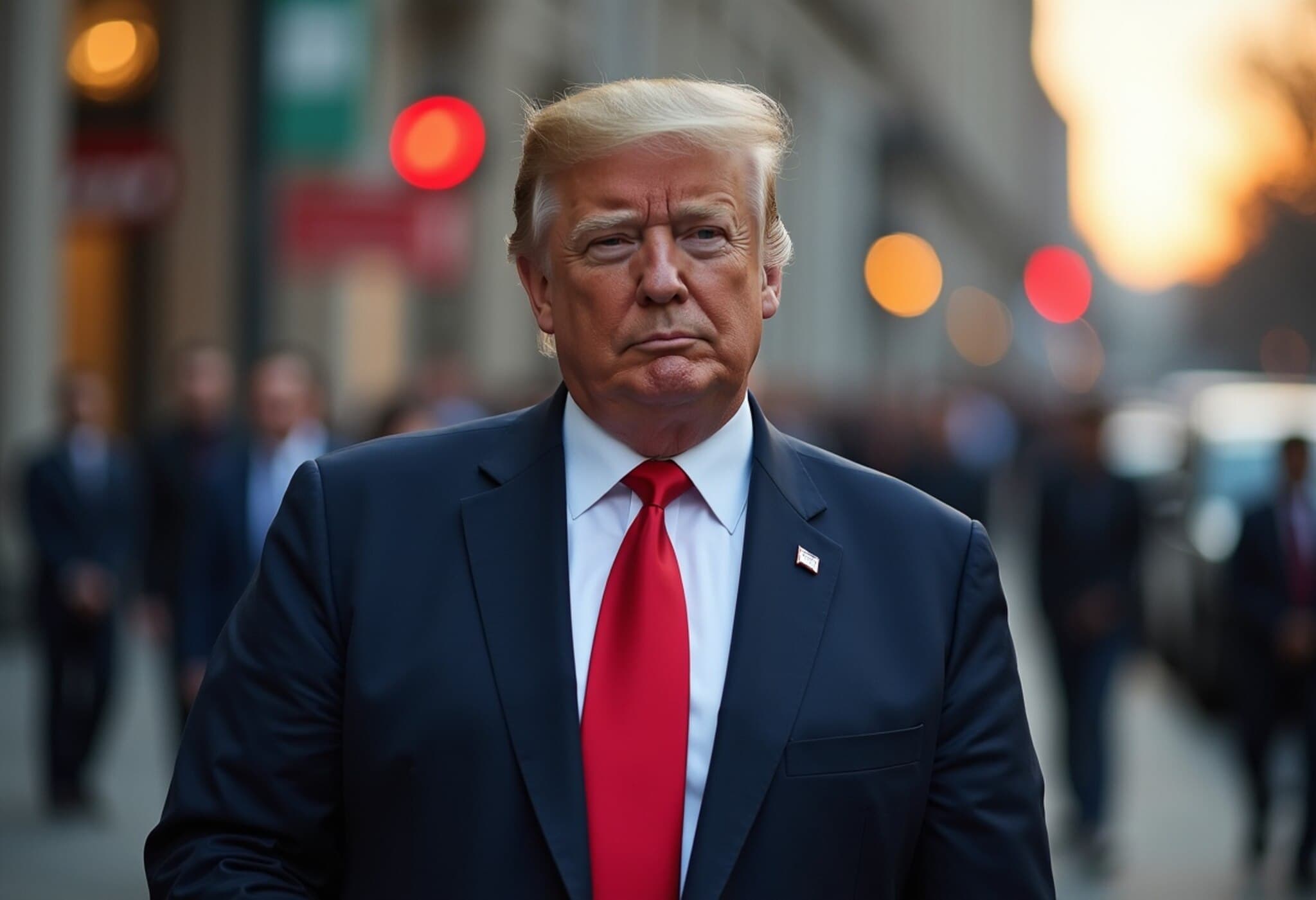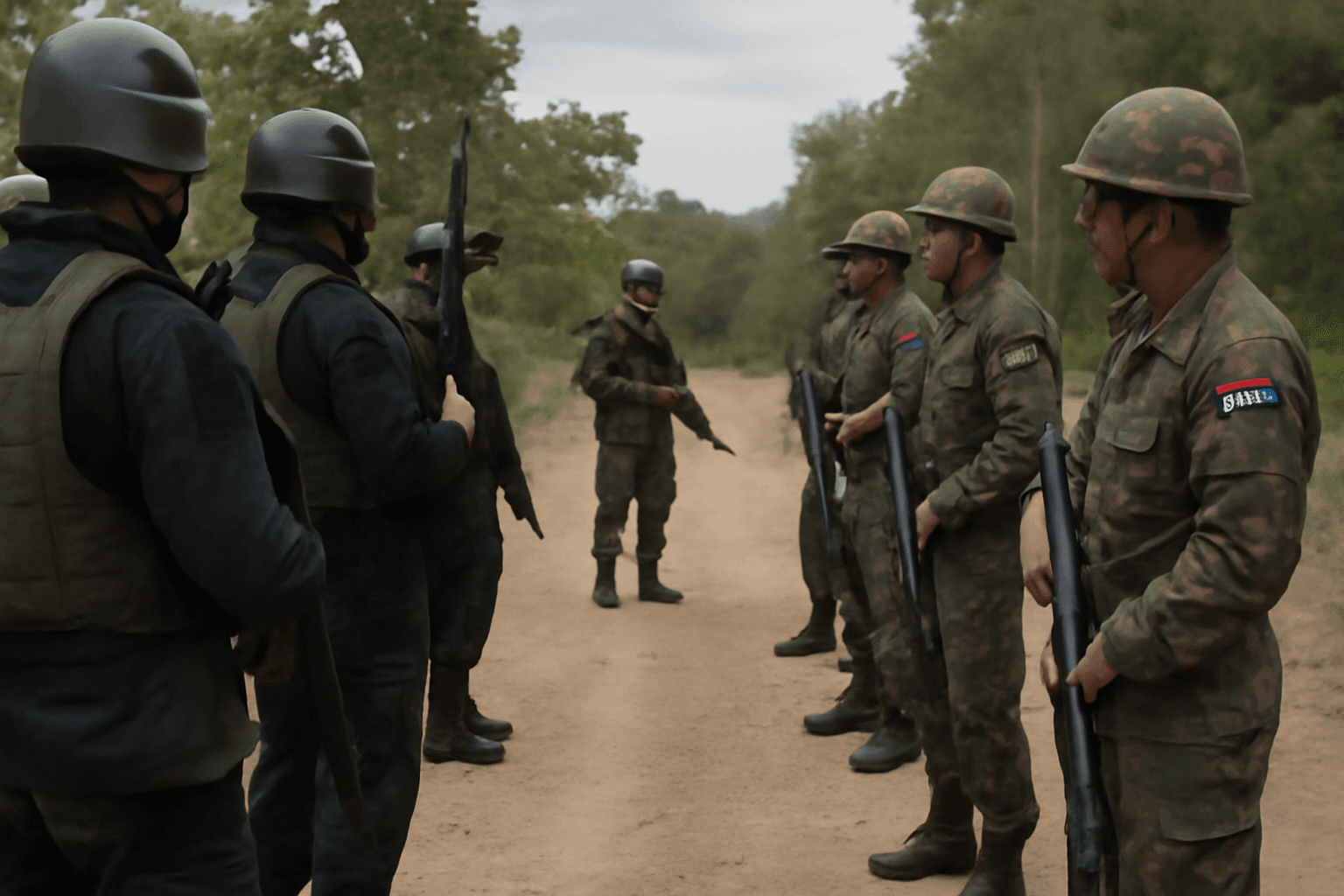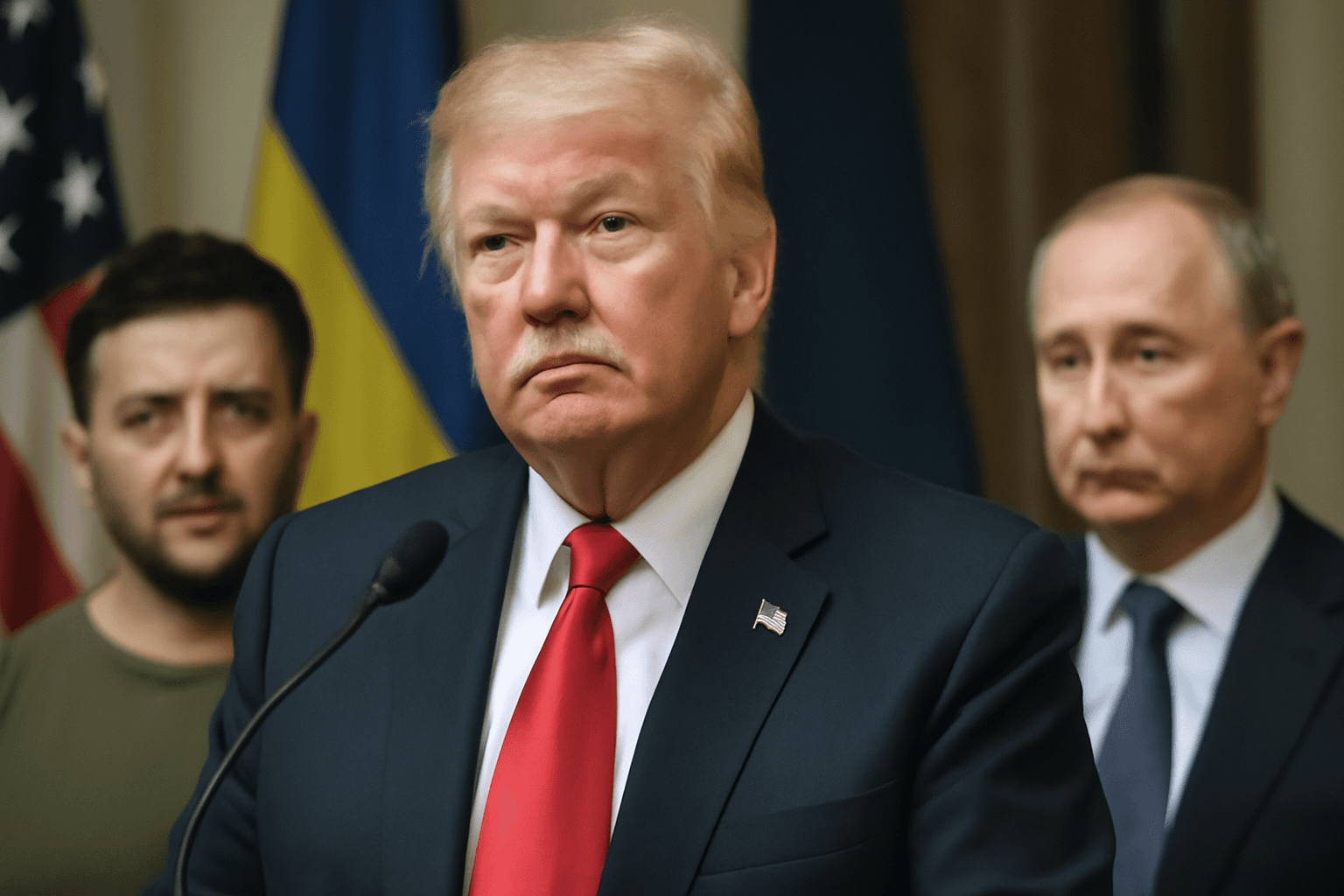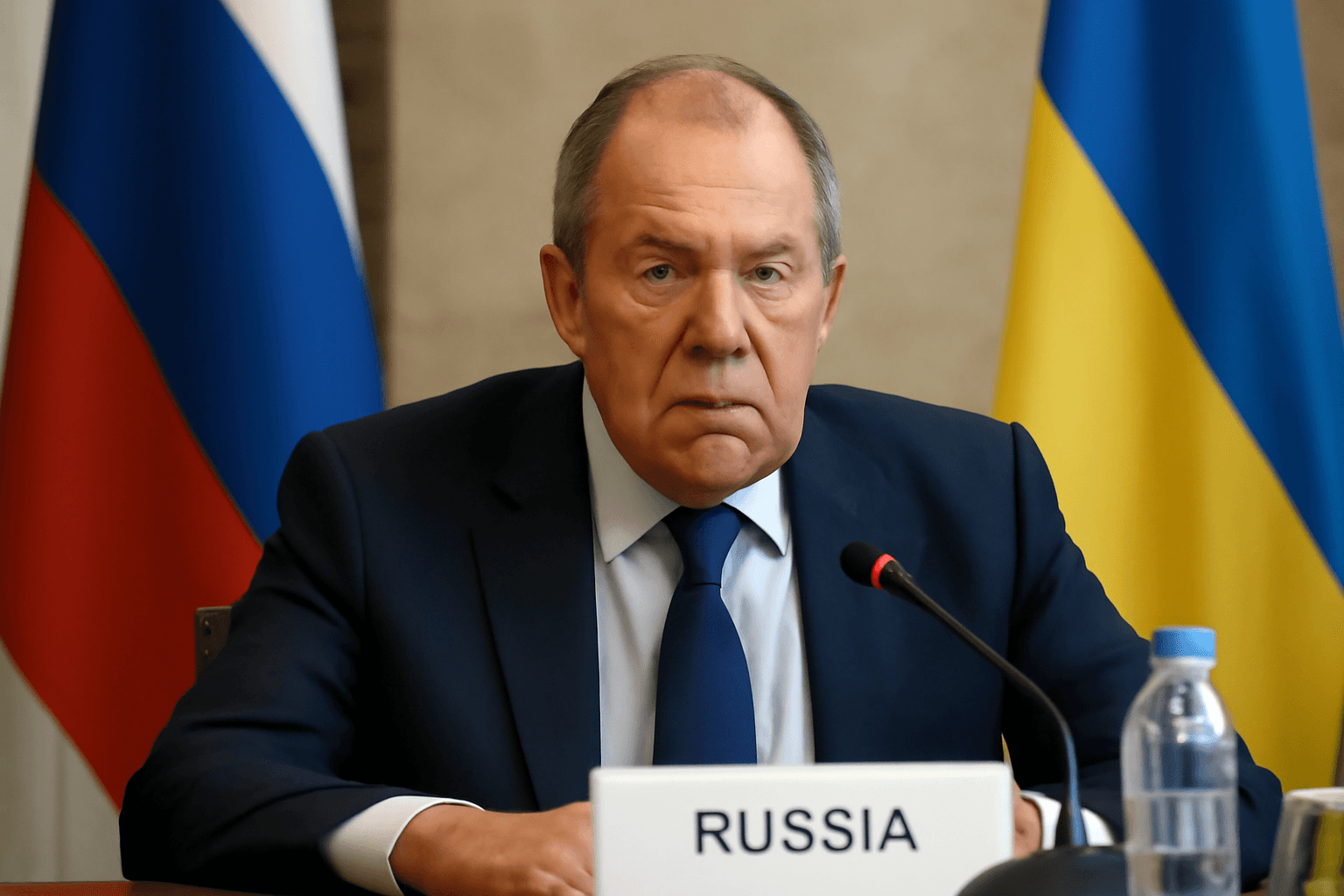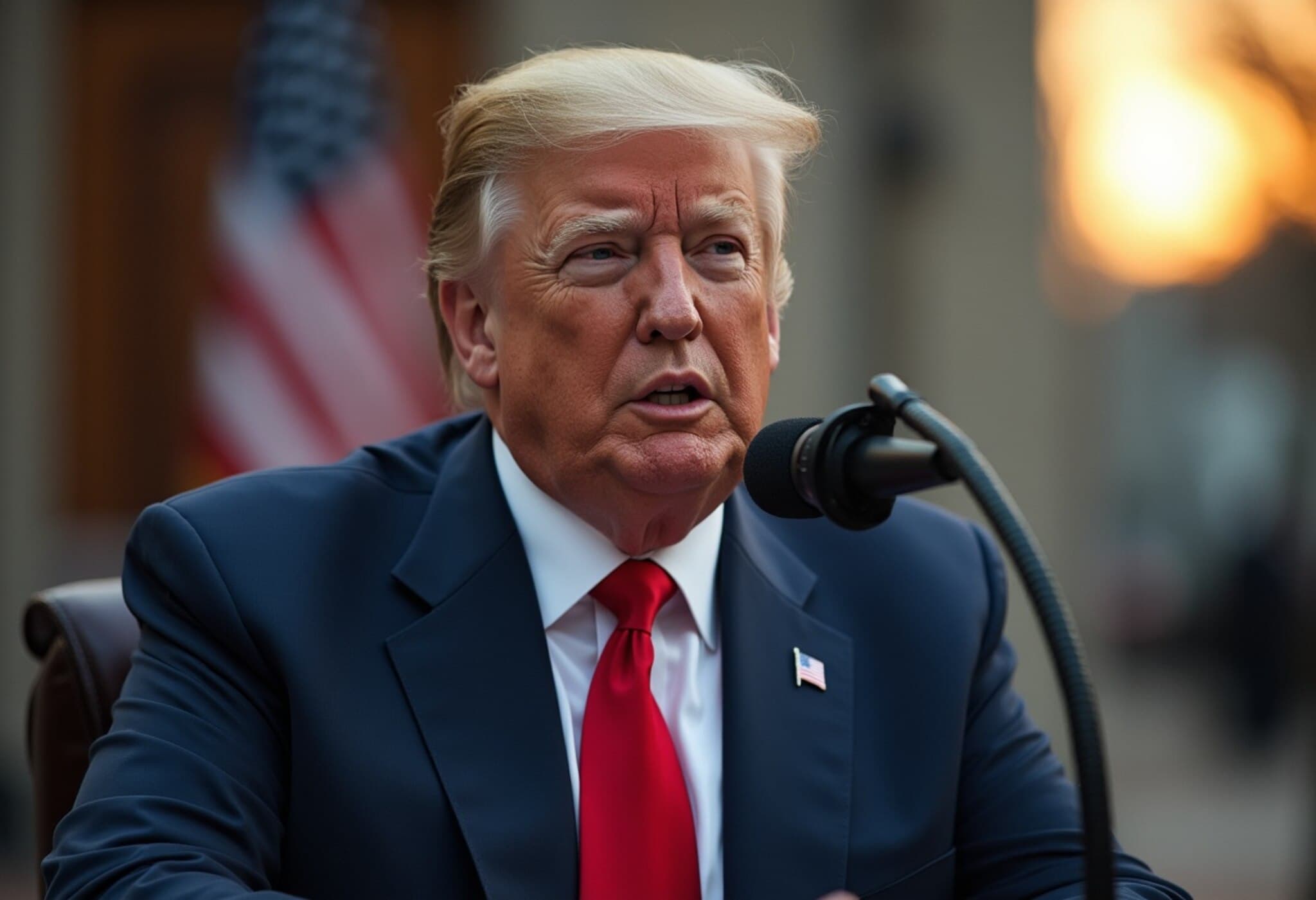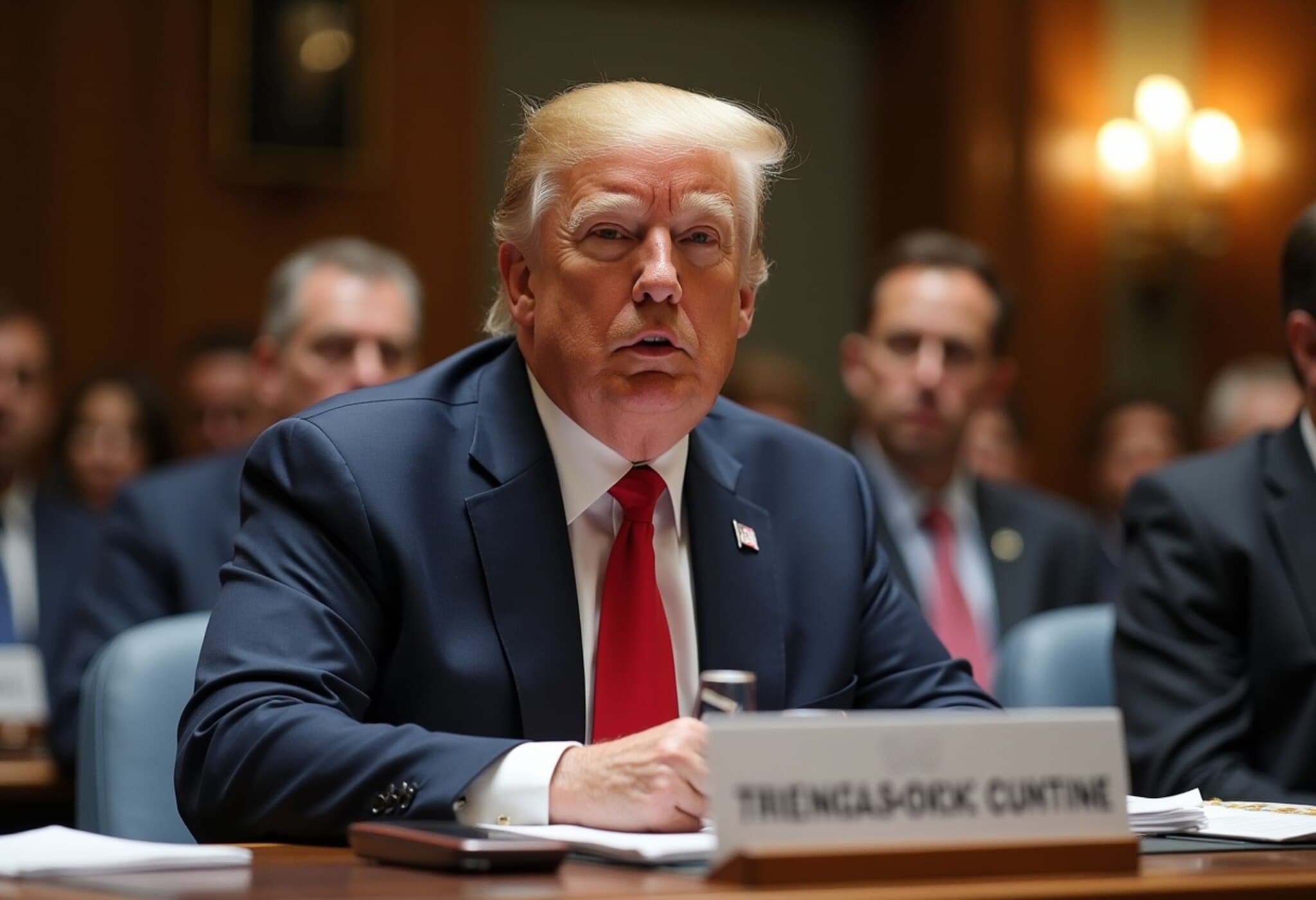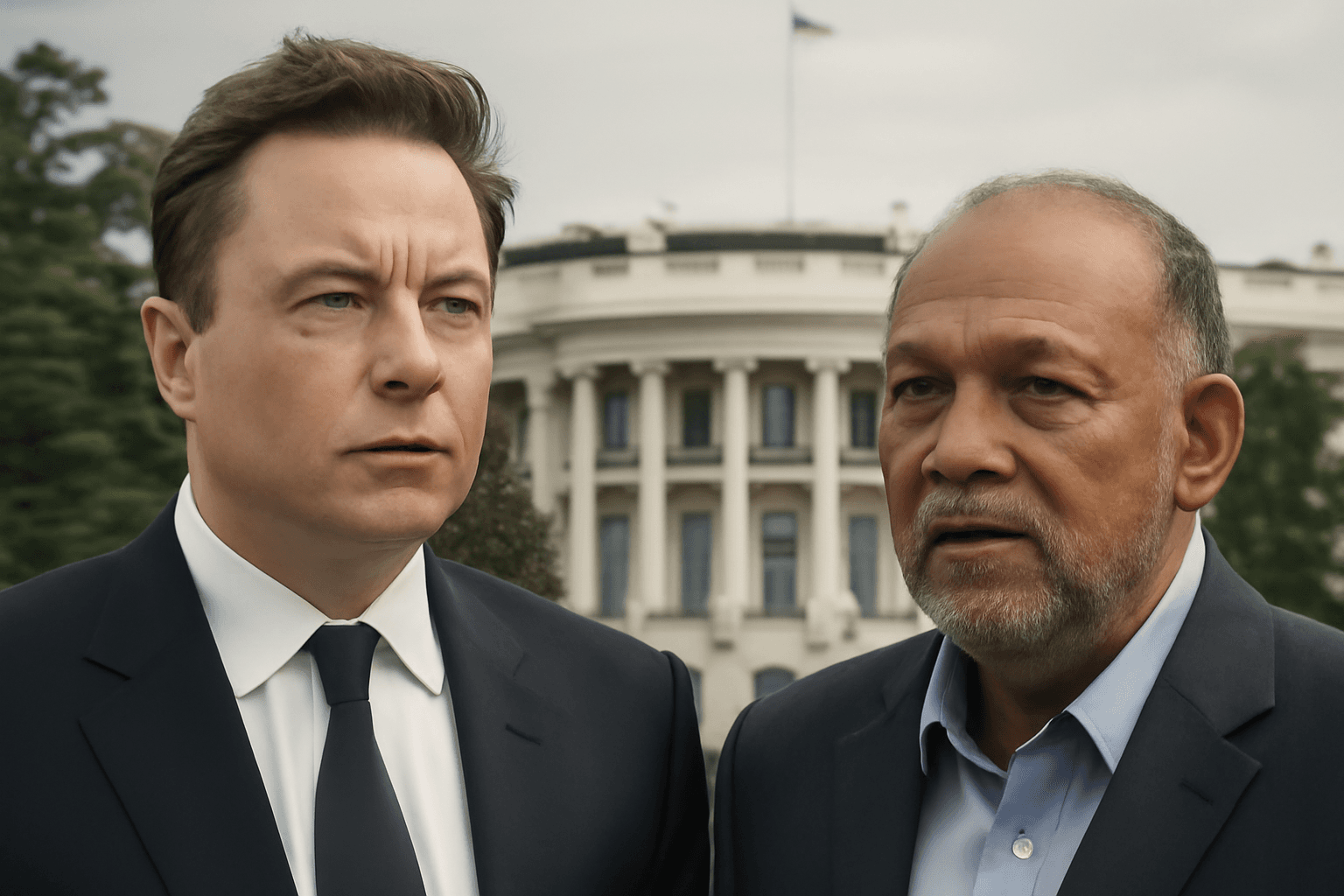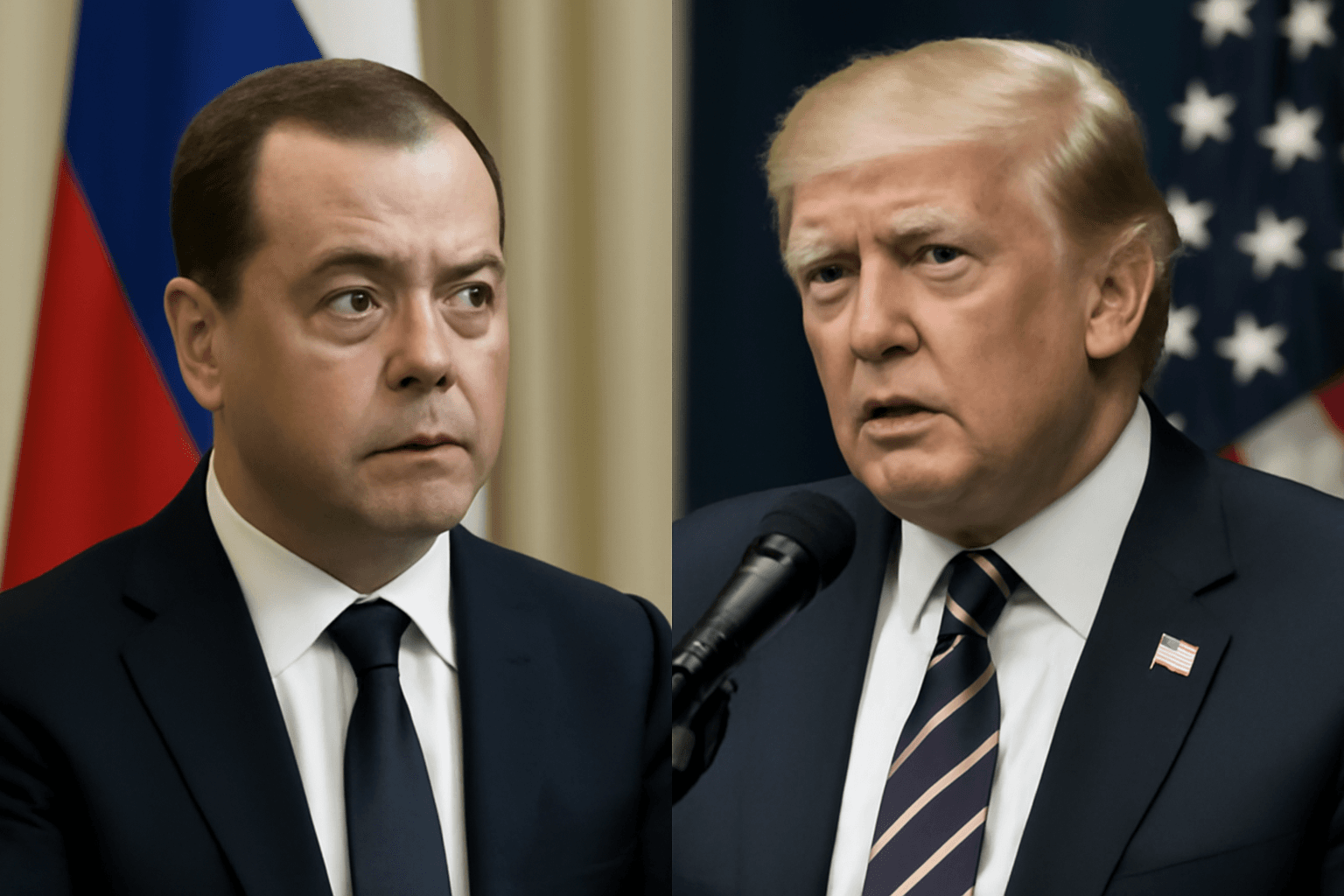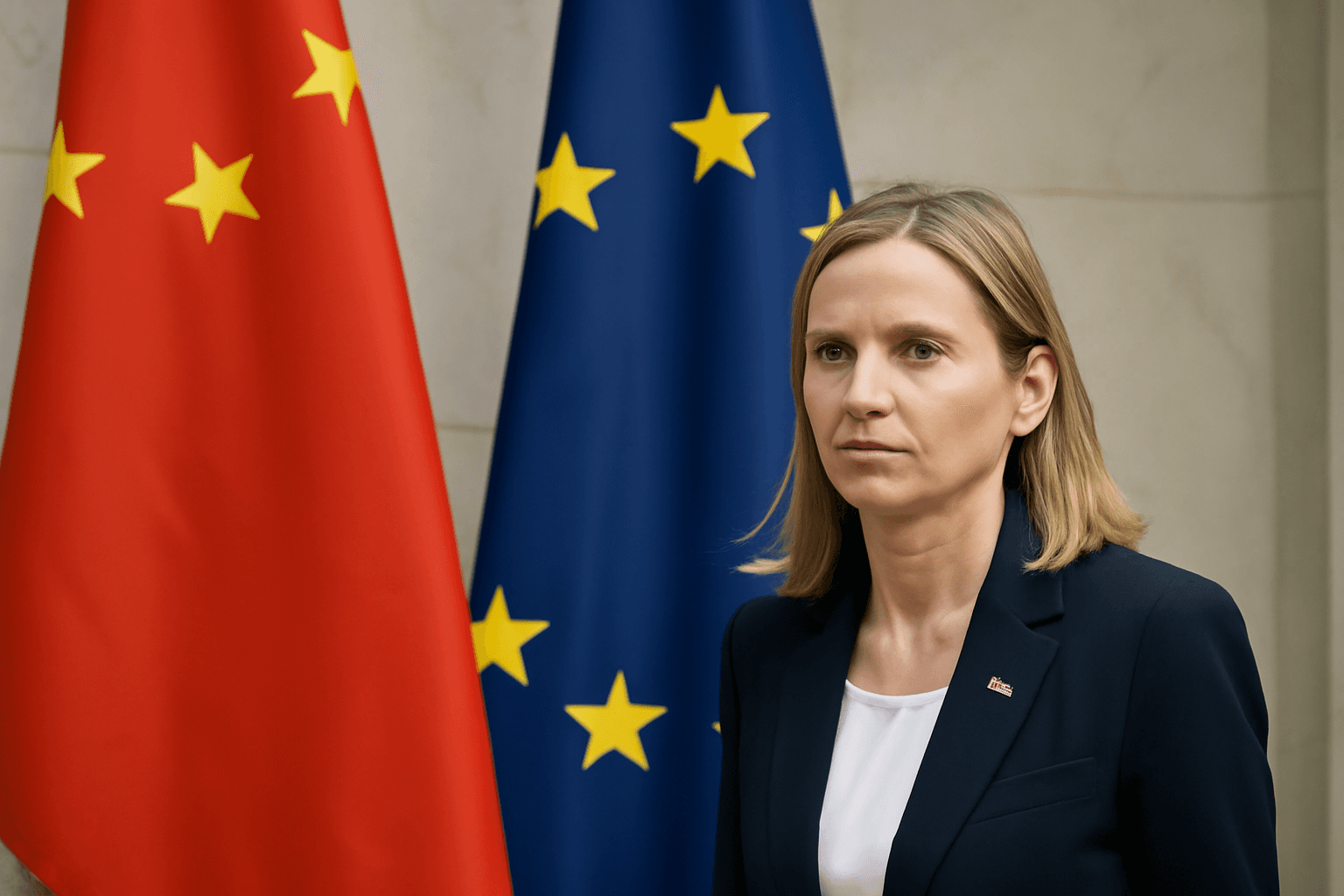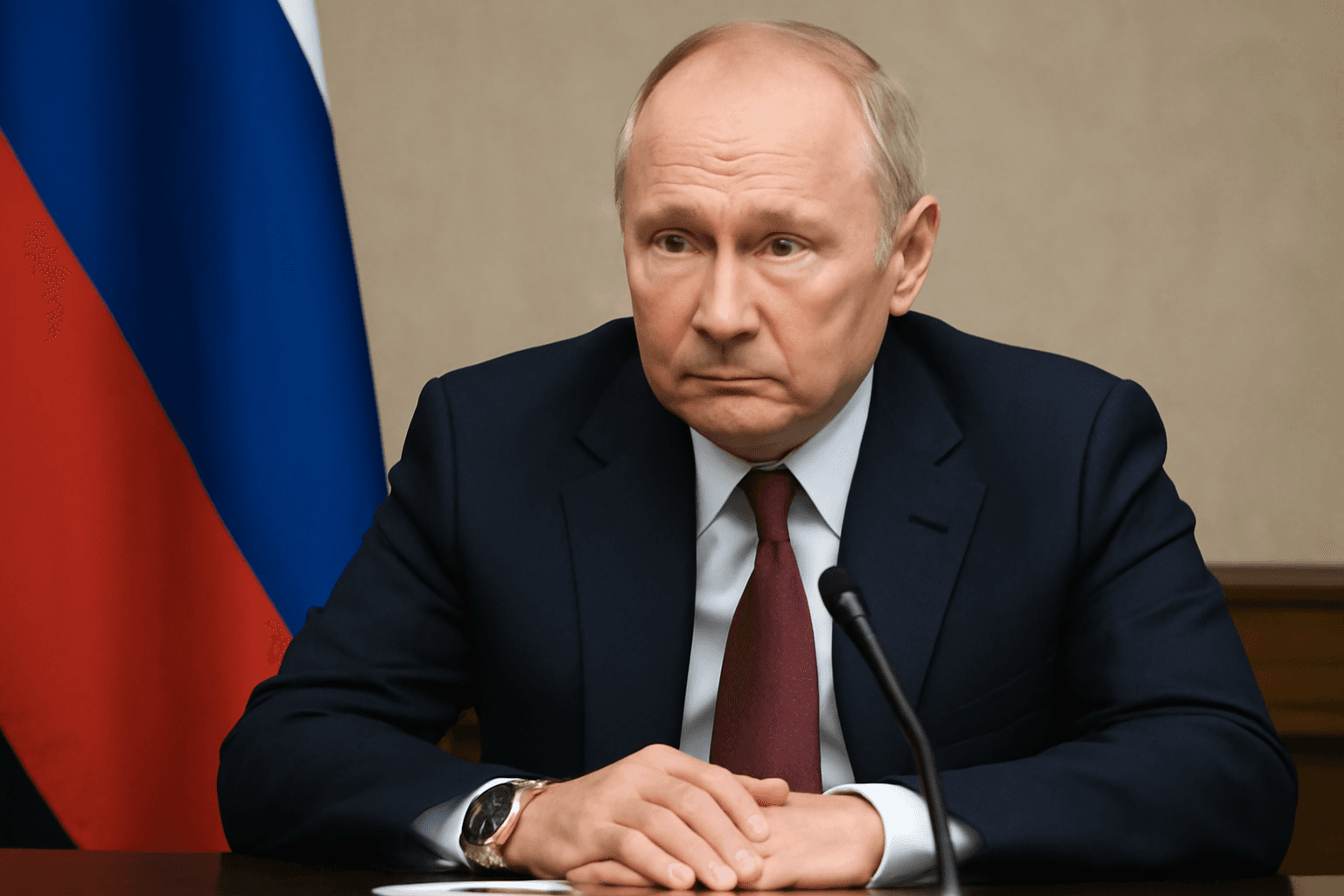Trump Demands Swift Resolution to Ukraine-Russia War by August 8
In a decisive shift in U.S. foreign policy rhetoric, President Donald Trump has set a firm deadline for a peace deal to halt the ongoing war between Russia and Ukraine. Addressing the United Nations Security Council on July 31, a senior American diplomat relayed Trump’s call for a ceasefire and substantive peace agreement by August 8, 2025.
"Both Russia and Ukraine must engage in meaningful negotiations to end the conflict," stated Ambassador Kelley during the Security Council meeting. "President Trump has been clear that this process must conclude by August 8. The United States stands ready to implement further measures to ensure a lasting peace."
A Change in Tone: From Conciliation to Urgency
Earlier in the week, during a meeting with British Prime Minister Keir Starmer, Trump expressed impatience with the slow pace of progress. "There’s no reason to wait any longer," he said. "It’s 50 days, and we haven’t seen tangible advancements. I want to be generous, but the situation demands action."
This stance marks a departure from Trump’s previously more conciliatory approach toward Russian President Vladimir Putin. Increasingly vocal about his disappointment, Trump criticized Putin’s military actions, highlighting the human cost. "We thought peace was close, but then rockets struck Kyiv, killing civilians, including the elderly," Trump remarked. "Such violence is unacceptable. We will see what unfolds."
Recent Diplomatic Stalemates and Missed Opportunities
Diplomatic negotiations continue to face significant hurdles. The latest round in Istanbul resulted mainly in a prisoner exchange agreement, with little headway on broader peace terms. Ukraine has called for a high-level summit by the end of August involving Presidents Zelensky and Putin, but Moscow insists such a meeting should only occur if it finalizes a peace accord first.
Notably, President Putin has yet to participate directly in any negotiations, despite persistent appeals from Trump and other international leaders. This absence has intensified concerns about Moscow’s willingness to seriously pursue peace.
U.S. Strategy: Sanctions, Military Aid, and Diplomatic Pressure
Just two weeks prior, Trump warned of imposing stricter sanctions on Russia should it fail to agree to a ceasefire. On July 15, during discussions with NATO Secretary General Mark Rutte, the U.S. reinforced its commitment to supporting Ukraine's defense by facilitating the purchase of billions in armaments, including advanced Patriot missile defense systems by European allies.
This military backing underscores the complex balancing act faced by the United States: encouraging negotiation while maintaining pressure on Russia through sanctions and military support for Ukraine.
Expert Insight: Navigating the Diplomatic Crossroads
From an American policy perspective, Trump’s firm deadline reflects a recognition of the war’s destabilizing ripple effects—both in Europe and global markets. The August 8 cutoff is strategically timed ahead of the Northern Hemisphere autumn season, often a period of increased geopolitical risks.
However, experts warn that setting arbitrary deadlines risks backfiring if either party views them as ultimatums rather than invitations to dialogue. The absence of Putin at the negotiation table remains a critical obstacle; without direct engagement from Moscow's leader, substantive accords are unlikely.
Moreover, U.S. sanctions and arms supplies complicate the peace landscape by reinforcing Ukraine’s defensive capabilities but potentially hardening Russian resolve. This paradox poses critical questions: Will increased military aid incentivize peace by shifting the balance of power, or prolong conflict by emboldening resistance?
Underreported Dimensions: Human Impact and Regional Stability
While political maneuvers take the spotlight, the daily reality on the ground tells a story of profound human suffering. Civilian casualties, displacement, and economic upheaval are escalating, underscoring the urgency behind Trump’s deadline. Yet, media coverage often overlooks how the conflict destabilizes neighboring countries and strains global food and energy supply chains.
Looking Ahead: The Road to Peace or Prolonged Conflict?
As the August 8 deadline looms, the international community watches closely. The coming weeks will test the effectiveness of diplomatic pressure, the willingness of the warring parties to compromise, and the global powers’ resolve to broker a sustainable peace.
Summary Box: Editor’s Note
- The August 8 deadline reflects mounting impatience among global leaders to resolve the Ukraine-Russia conflict swiftly.
- Trump's more critical stance toward Putin signals a shift in U.S. strategy—from cautious engagement to assertive pressure.
- The absence of President Putin from talks remains a major roadblock to progress, raising doubts about Moscow’s commitment to peace.
- U.S. military aid and sanctions present a double-edged sword that may influence the conflict’s trajectory unpredictably.
- Beyond politics, the human toll and regional instability demand sustained international attention and humanitarian focus.
As this pivotal deadline approaches, the central question remains: can diplomacy overcome deep-seated mistrust and violence, or will the conflict endure with even graver consequences?

